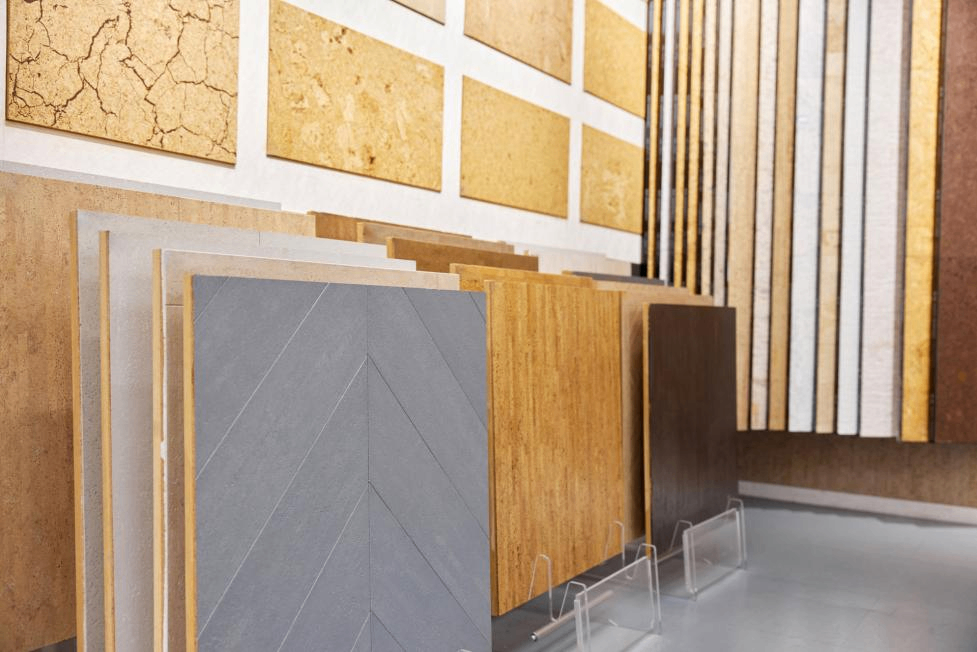In the global landscape of the building materials market, Brazil's market demonstrates distinct characteristics and enormous development potential, shaped by its unique geographical, economic, and social environment. As the largest economy in Latin America, Brazil has a huge population base. In recent years, due to the government's substantial investment in infrastructure and the sustained growth of housing demand, its construction market accounts for nearly half of the Latin American market. With huge infrastructure demand, resource complementarity, and policy openness, the building materials industry has shown a significant growth trend.
Image Source:699pic.com
As the first country to establish a strategic partnership with China, Brazil is also the first Latin American country to establish a comprehensive strategic partnership with China. Therefore, many Chinese enterprises have come to develop in Brazil, which not only increases opportunities for Chinese enterprises but also promotes the local industrial ecosystem. As a BRICS country, Brazil's tariff barriers have been reduced, and trade with many countries has become more convenient. In the South American market, the SUMEC Building Materials Team has also actively expanded its business, selling various plywood products in Brazil.
What are the competitive advantages of Chinese building materials enterprises if they want to develop business in the Brazilian market? In fact, if we analyze carefully, we will find that Chinese enterprises have their own advantages in product quality, price, industrial chain scale, innovation and R&D, etc. For example, in terms of product quality, "Made in China" is no longer a synonym for low quality. Brazilian market buyers generally believe that the quality of Chinese building materials products is reliable with the improvement of technical processes and strict quality control. Compared with products of the same quality, Chinese products are priced lower and competitive in the market. A complete industrial chain is also one of the core competitiveness. After years of development, China's building materials industry has a considerable production scale and strong supporting capabilities, which can meet the diversified demand for products in the Brazilian market. In terms of technological innovation, China has attached great importance to it in recent years, especially now that people's environmental requirements for building materials are getting higher and higher. Various building materials products have also made great efforts in energy-saving and environmental protection characteristics to meet the continuous improvement of market demand. Some new Chinese building materials can adapt to the development trend of green and smart building materials in the Brazilian market.
Brazil is rich in natural resources such as timber, stone, and clay, which occupy an important position in traditional architecture. Some enterprises have also used the local rich raw material resources to build factories in Brazil, which has replaced imports to a certain extent. With the progress of science and technology and the improvement of environmental awareness, more and more enterprises and research institutions are developing and applying new building materials in Brazil, such as lightweight high-strength concrete, fiber-reinforced composites, and smart building materials. At the same time, the government also encourages enterprises to increase R&D investment to promote the innovation and application of new material technologies.
Of course, where there are opportunities, there are challenges and risks. In the process of developing in the Brazilian market, the Chinese building materials market may encounter such situations: Brazil's economic structure is unreasonable, overly dependent on the export of primary products, the overall economy is fragile, and it is difficult to maintain the stability of its currency value, which will bring exchange rate risks to enterprises. At the same time, a high inflation rate will increase raw material prices and labor costs, increasing corporate costs. In addition, taxation deserves special attention. Its tax policies change rapidly. The government adopts hierarchical collection and management of taxes and strictly stipulates the declaration and payment time of various taxes, which will increase the tax management costs and compliance risks of enterprises.



